Discover 20 hidden attractions, cool sights, and unusual things to do in Haifa (Israel). Don't miss out on these must-see attractions: Shrine of the Báb, Madatech, and Universal House of Justice. Also, be sure to include Baháʼí World Centre buildings in your itinerary.
Below, you can find the list of the most amazing places you should visit in Haifa (Haifa).
Table of Contents
Shrine of the Báb
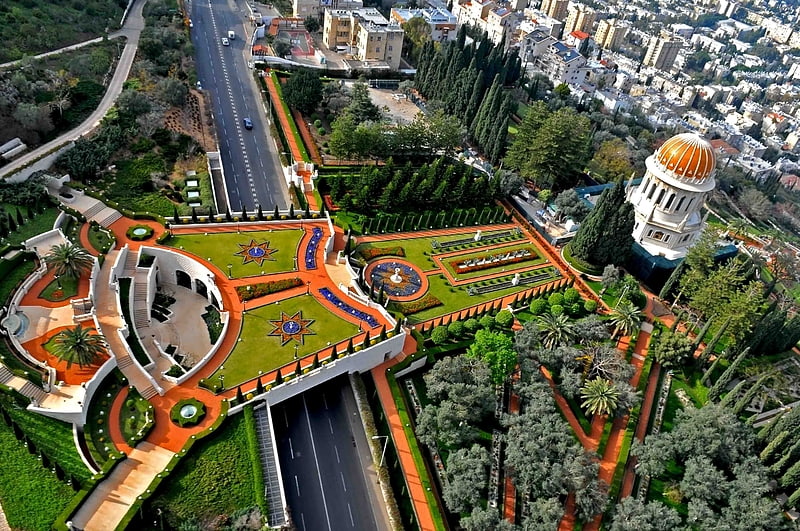
Also known as: מקדש הבאב
Domed-shaped edifice with sacred remains. The Shrine of the Báb is a structure on the slopes of Mount Carmel in Haifa, Israel, where the remains of the Báb, founder of the Bábí Faith and forerunner of Baháʼu'lláh in the Baháʼí Faith, are buried; it is considered to be the second holiest place on Earth for Baháʼís, after the Shrine of Baháʼu'lláh in Acre. Its precise location on Mount Carmel was designated by Baháʼu'lláh himself to his eldest son, ʻAbdu'l-Bahá, in 1891. ʻAbdu'l-Bahá planned the structure, which was designed and completed several years later by his grandson, Shoghi Effendi.
Crowning the design, as anticipated by ʻAbdu'l-Bahá, is a dome, which is set on an 18-windowed drum. That, in turn, is mounted on an octagon, a feature suggested by Shoghi Effendi. An arcade surrounds the stone edifice. A restoration project of the exterior and interior of the shrine started in 2008 and was completed in April 2011.[1]
Madatech

Also known as: מדעטק - המוזיאון הלאומי למדע, טכנולוגיה וחלל
Museum in Haifa, Israel. The Israel National Museum of Science, Technology, and Space is a science and technology museum in the city of Haifa, Israel. The museum has approximately 200,000 visitors annually.[2]
Address: Rehov Balfour 25, 3144801 Haifa
Universal House of Justice
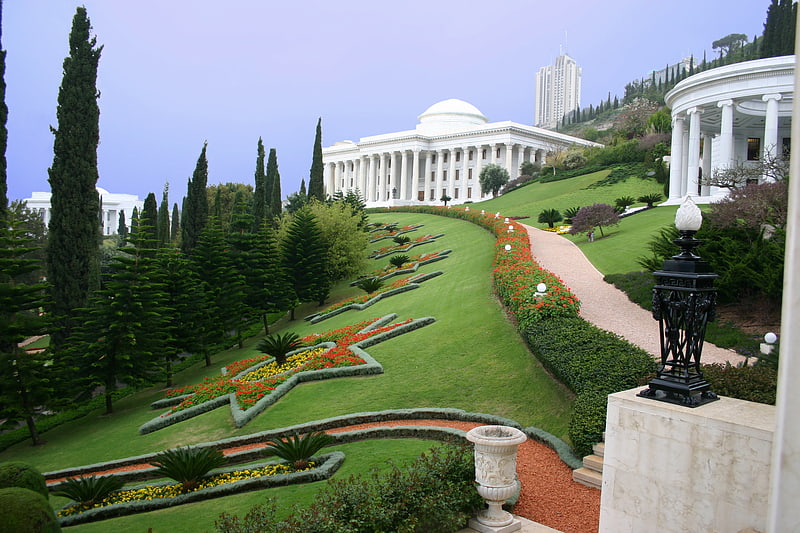
Also known as: בית הצדק העולמי
The Universal House of Justice is the nine-member supreme ruling body of the Baháʼí Faith. It was envisioned by Baháʼu'lláh, the founder of the Baháʼí Faith, as an institution that could legislate on issues not already addressed in the Baháʼí writings, providing flexibility for the Baháʼí Faith to adapt to changing conditions. It was first elected in 1963, and subsequently every five years, by delegates consisting of the members of Baháʼí National Spiritual Assemblies throughout the world.
The Universal House of Justice, as the head of the religion, has provided direction to the worldwide Baháʼí community primarily through a series of multi-year plans, as well as through annual messages delivered during the Ridván festival. The messages have focused on increasing the number of Local Spiritual Assemblies, translating Baháʼí literature, establishing Baháʼí Centres, completing Baháʼí Houses of Worship, holding international conferences, and developing educational systems to enhance literacy, the role of women, spirituality for children and youth, family life, social and economic development, and communal worship. The Universal House of Justice has also played a role in responding to systemic persecution of Baháʼís in Iran by garnering worldwide media attention.
The books and documents published by the Universal House of Justice are considered authoritative and its legislative decisions are considered infallible by Baháʼís. Although it is empowered to legislate on matters that are not addressed in the Baha'i holy writings, the Universal House of Justice has rarely exercised this function.
The Seat of the Universal House of Justice and its members reside in Haifa, Israel, on the slope of Mount Carmel. The most recent election was 29 April 2018. Although all other elected and appointed roles in the Baháʼí Faith are open to men and women, membership on the Universal House of Justice is male-only; the Baháʼí writings indicate that the reason for this will become clear in the future.[3]
Address: 61 Yefe Nof, 3464701 Haifa
Baháʼí World Centre buildings

Bahá'í World Centre. The Baháʼí World Centre buildings are buildings that are part of the Baháʼí World Centre in Israel. The Baháʼí World Centre buildings include both the Baháʼí holy places used for pilgrimage and the international administrative bodies of the Baháʼí Faith; they comprise more than 20 different administrative offices, pilgrim buildings, libraries, archives, historical residences, and shrines. These structures are all set amidst more than 30 different gardens or individual terraces.
The buildings themselves are located in Haifa, Acre, and Bahjí, Israel. The location of the Baháʼí World Centre buildings has its roots in Baháʼu'lláh's imprisonment in Acre, which is near Haifa, by the Ottoman Empire during the period of Ottoman rule over Palestine, now Israel.
Many Baháʼí holy places in Haifa and around Acre, including the terraces and the Shrine of the Báb on the north slope on Mount Carmel, and the Shrine of Baháʼu'lláh, the Mansion of Bahji, and the Mansion at Mazra'ih were inscribed on the World Heritage List in July 2008. The Baháʼí shrines "are the first sites connected with a relatively new religious tradition to be recognized by the World Heritage List." The UNESCO World Heritage Committee considers the sites to be "of outstanding universal value...inscribed for the testimony they provide to the Baháʼí's strong tradition of pilgrimage and for their profound meaning for the faith."[4]
Address: 45 Yefe Nof St., Haifa
Carmel Beach Central Bus Station
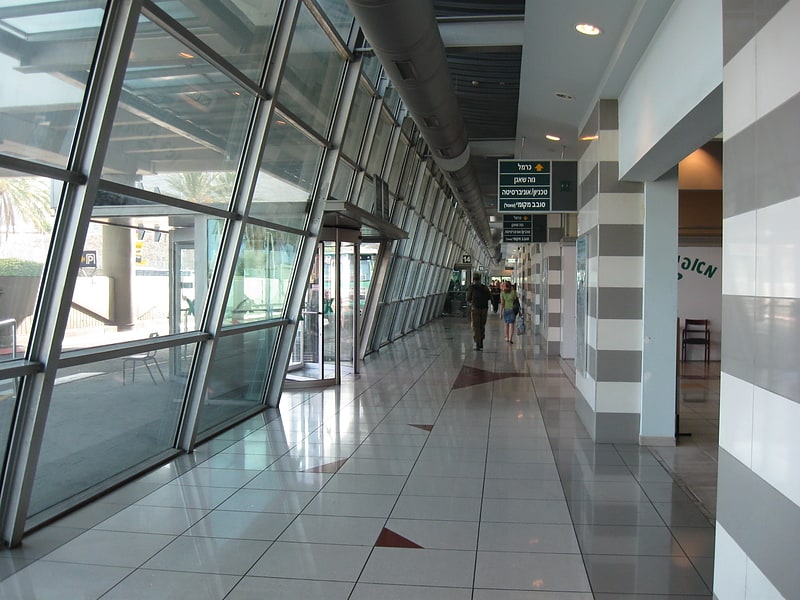
Also known as: מרכזית חוף הכרמל
Bus station in Haifa, Israel. th
Carmel Beach central bus station is the main bus station in Haifa, Israel, replacing the Haifa Bat Galim central bus station. The former station is now only used to store Egged buses and for Egged office space and inner-city buses now only stop there on the road rather than inside on the route between Haifa Hof HaCarmel central bus station and the Mifratz central bus station. Carmel Beach central bus station opened in 19 August 2003. Since then, all buses coming from the South which formerly ended at Haifa Bat Galim central bus station terminate at Carmel Beach central bus station and new more frequent lines operate between the three stations. Passengers can get a free transfer to urban buses when they buy their inter-city ticket to continue from one central bus station to the other one, or into the city.
Carmel Beach central bus station serves local Egged bus lines within the city of Haifa and all intercity Egged bus routes heading to the South. The station is also a mall. It has one level and has stores and a food court. At the waiting area for departing buses, there are doors to go outside to the bus platform. At the arrival area, people go inside a door to the building.
Carmel Beach central bus station is adjacent to Haifa Carmel Beach railway station. There is a tunnel connecting the bus station with the train station. From the train station, there is a tunnel to the beach.
A list of Egged's intercity bus lines at Carmel Beach CBS:[5]
Address: 1 Meir Zorea St., Haifa
Stella Maris Monastery
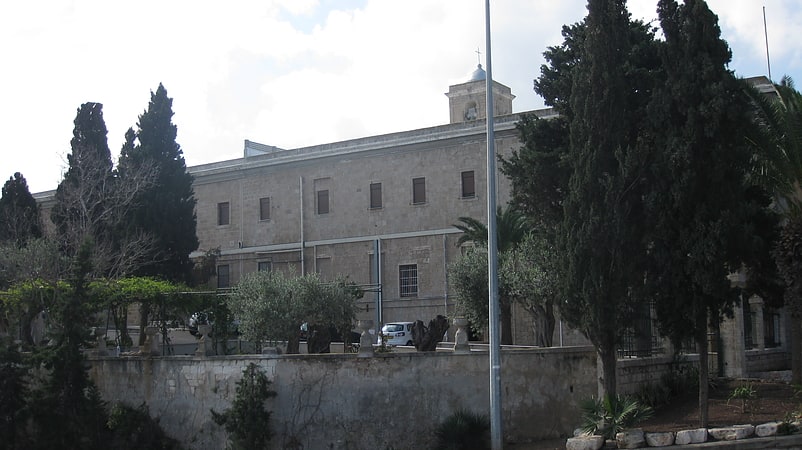
Also known as: מנזר סטלה מאריס
Carmelite monastery with a dome mural. The Stella Maris Monastery or the Monastery of Our Lady of Mount Carmel for monks is a 19th-century Discalced Carmelite monastery located on the slopes of Mount Carmel in Haifa, Israel. Another Carmelite monastery of the same name is reserved for nuns and is located higher up on Mount Carmel.[6]
Israeli National Maritime Museum

Also known as: המוזיאון הימי הלאומי
Ocean-related exhibits and artifacts. The National Maritime Museum is a maritime and archaeological museum in Haifa, Israel.
The museum was founded in 1953, based on the private collection of its founder and first director, Aryeh Ben-Eli. In 1972, the museum moved to its current premises near the northern beachhead of Mount Carmel, between Stella Maris and Bat Galim neighborhoods. Nearby are the Israeli Clandestine Immigration and Naval Museum and the Cave of Elijah.
The Marine Workshop of the Leon Recanati Institute for Maritime Studies, affiliated with the University of Haifa is located at the museum. The workshop provides professional diving and field surveying services for field research conducted at the institute.
Archaeological finds on permanent display at the museum include the Athlit Ram, a bronze ram of a 2nd-century BCE warship.[7]
Address: 198 Derekh Allenby, 3547206 Haifa
Hecht Museum
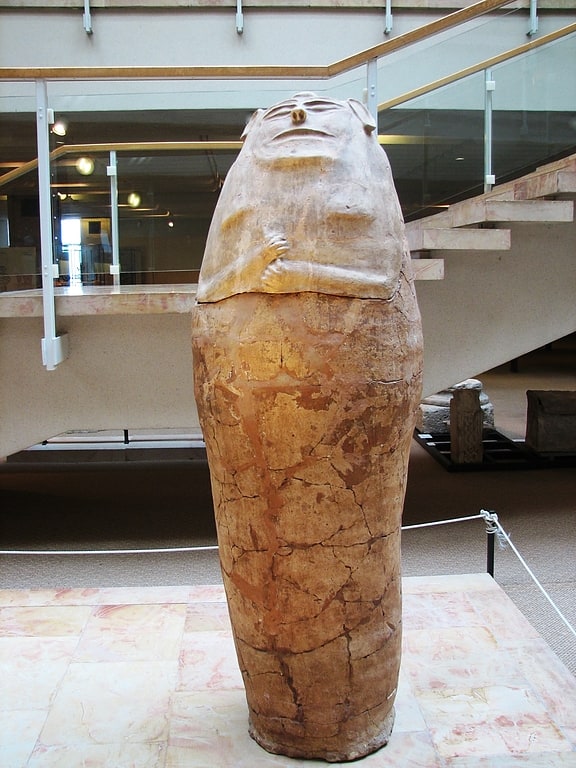
Also known as: מוזיאון הכט
Museum in Haifa, Israel. The Reuben and Edith Hecht Museum is a museum located on the grounds of the University of Haifa, Israel.[8]
Address: שדרות אבא חושי 199, 3498838 חיפה
Clandestine Immigration and Naval Museum
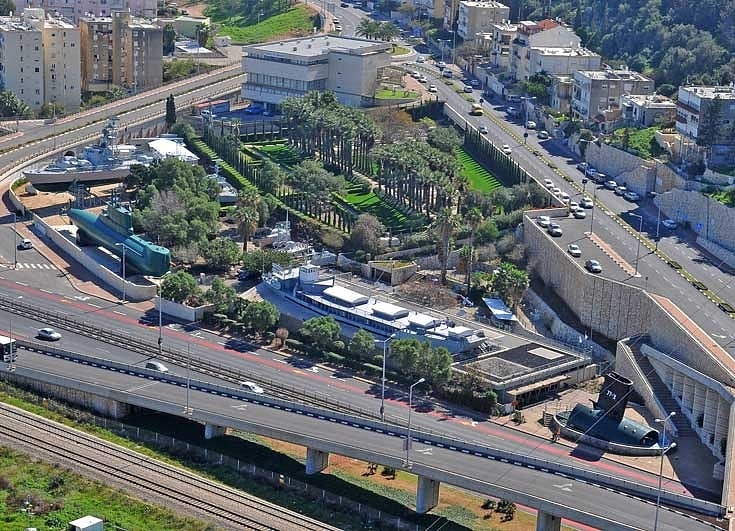
Also known as: מוזיאון ההעפלה וחיל הים
Navy museum with submarines and ships. The Clandestine Immigration and Naval Museum is a technical history museum located in Haifa, Israel.
The museum covers the maritime history of Israel – from clandestine immigration during the British Mandate for Palestine through the history of the Israeli navy since its inception.
The museum is named after David HaCohen, one of the leaders of the Jewish Yishuv. It was established by Colonel Yoske Coral and opened to the public in 1969. The museum is run by the Israeli Ministry of Defense. It stands next to the Israeli National Maritime Museum, dedicated to maritime history and archaeology.[9]
Address: 204 Derekh Allenby, 3547209 Haifa
Haifa City Museum
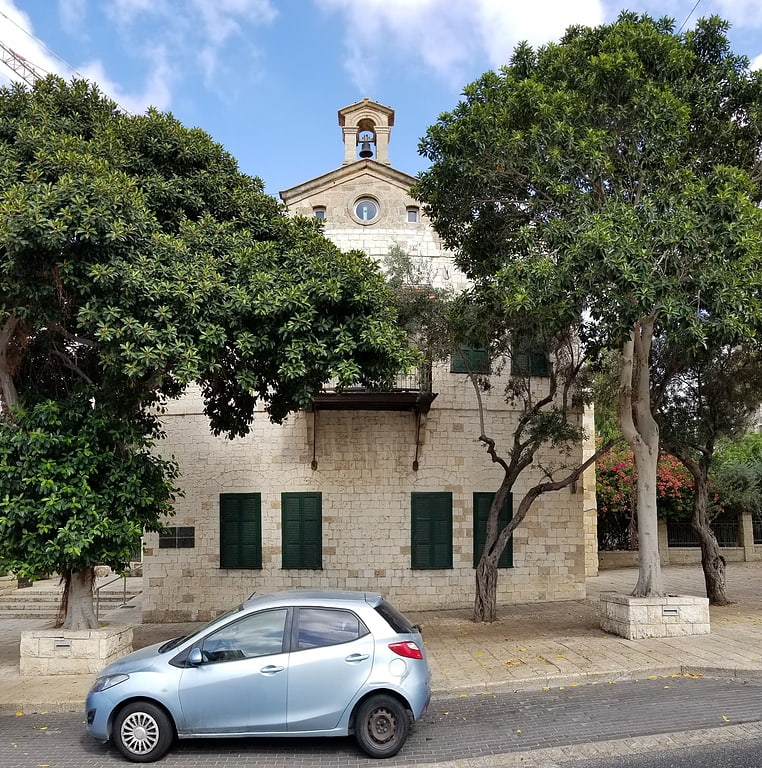
The Haifa City Museum was inaugurated in November 2000 as the historical City Museum. Its location, at the edge of Haifa’s German Colony and near the historical part of the city, affords a view of a rich and complex urban fabric that reveals the historical diversity of the city’s different populations. As part of the museum’s cultural activities, it mounts exhibitions on themes related to the city's physical and spiritual core. Historically, Haifa has been a hub of different cultures and a meeting point between East and West. Set at its heart and attentive to its different aspects, the museum opens a space for socio-political debates that emerge in the urban environment.[10]
Address: Ben Gurion 11, Haifa
Tikotin Museum of Japanese Art
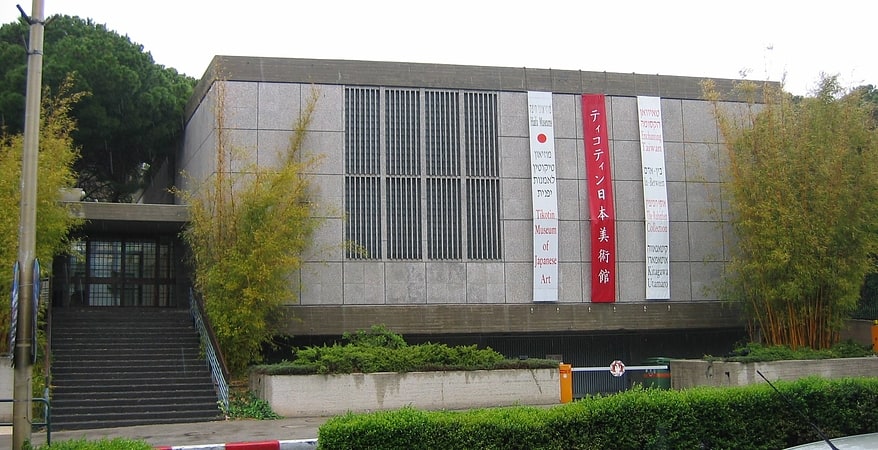
Also known as: מוזיאון טיקוטין לאמנות יפנית
Museum in Haifa, Israel. The Tikotin Museum of Japanese Art is a museum on the crest of Mount Carmel, in Haifa, Israel, dedicated to the preservation and exhibition of Japanese art. It is the only such museum in the Middle East. It was established in 1959 on the initiative of Felix Tikotin of the Netherlands, and Abba Hushi, then mayor of Haifa.[11]
Address: 89 Shderot ha-Nasi, 3464217 Haifa
Neve David

Neve David is an Epipalaeolithic archaeological site located at the foot of the western slope of the Mount Carmel hills in northern Israel. It was inhabited in the later part of the Middle Epipalaeolithic, about 15,000–13,000 BC.
Today, the Neve David site is just about 1 km (0.62 mi) from the Mediterranean coastline, but in the final Pleistocene, it was 10–13 km (6.2–8.1 mi) from the shore, overlooking a broad coastal plain. It was thus situated at an ecotone, the boundary between two contrasting ecological zones, with the seasonally dry valleys of the Mount Carmel limestone massif to its east, and the Mediterranean coastal plain to its west. Such locations with access to two complementing ecological resources were favoured by many Epipaleolithic and Neolithic communities.[12]
Haifa Museum of Art

Also known as: מוזיאון חיפה לאמנות
Museum in Haifa, Israel. The Haifa Museum of Art, established in 1951, is located in a historic building built in the 1930s in Wadi Nisnas, downtown Haifa. Ranking as Israel's third largest art museum, the museum focuses on Israeli and international contemporary art, and its collection includes 7,000 items, mostly of contemporary Israeli art.[13]
Address: Shabtai Levi St 26, 3304331 Haifa
Haifa Bay
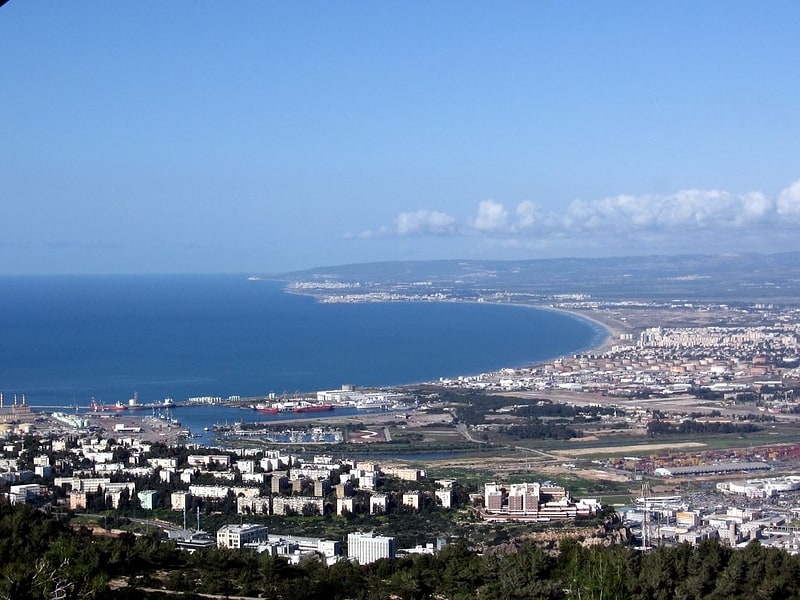
Bay in Israel. The Bay of Haifa or Haifa Bay, formerly Bay of Acre, is a bay along the Mediterranean coast of Northern Israel. Haifa Bay is Israel's only natural harbor on the Mediterranean.
Haifa Bay also refers one of Haifa's nine quarters, covering the overwhelmingly industrial area northeast of Downtown and south of Kiryat Hayim.[14]
St. Louis the King Cathedral
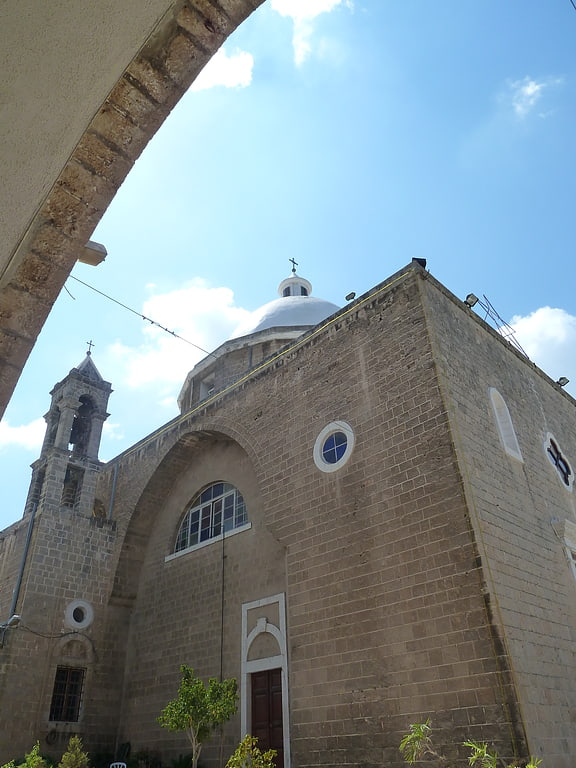
Cathedral in Haifa, Israel. The St. Louis the King Cathedral or the Maronite Church of St. Louis, is the name given to a Catholic religious building that is located in Haifa, in northern Israel.[15]
Tel Shikmona
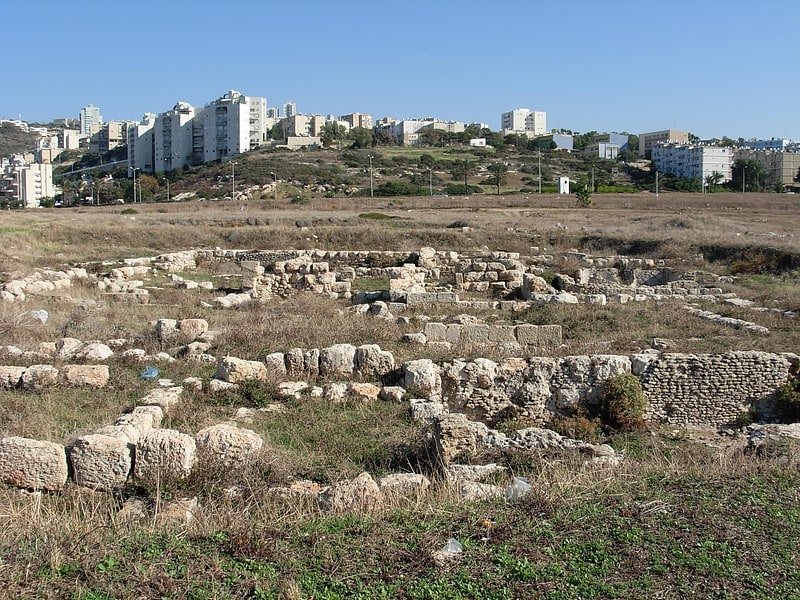
Also known as: תל שקמונה
Archaeological site in Haifa, Israel. Tel Shikmona, or Tel es-Samak, also spelt Sycamine, is an ancient Phoenician tell situated near the sea coast in the modern city of Haifa, Israel, just south of the Israeli National Institute of Oceanography. It has been called a "forgotten Phoenician site".[16]
Haifa Cinematheque
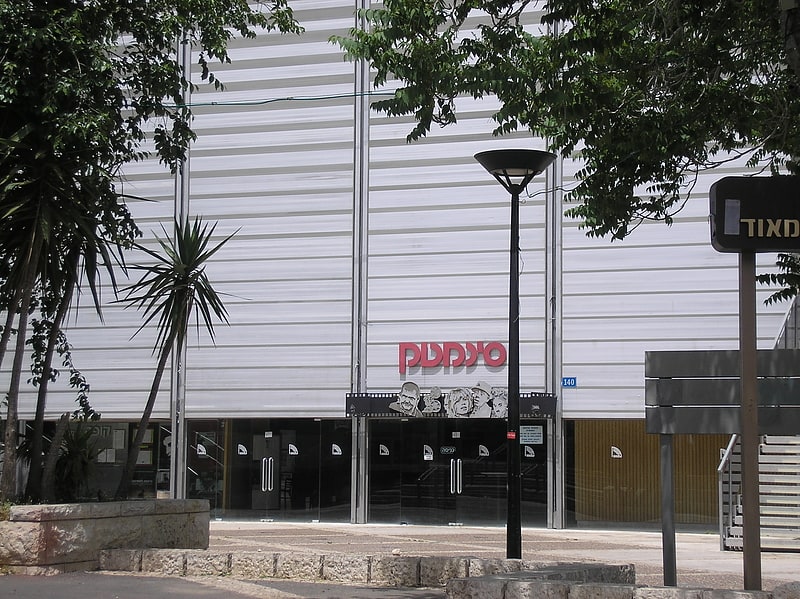
Also known as: סינמטק חיפה
Movie theater in Haifa, Israel. Haifa Cinematheque is a cinematheque located in Haifa at the Auditorium of Haifa in the Carmel Cente.[17]
Address: 142 HaNassi Blvd., 34632 חיפה
Cave of Elijah
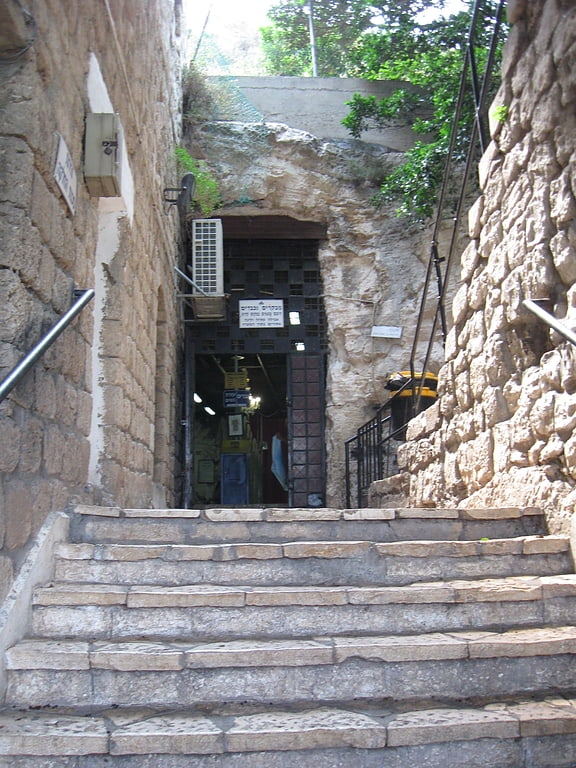
Also known as: מערת אליהו
Pilgrimage place in Haifa, Israel. The Cave of Elijah is a grotto that appears in the Hebrew Bible, where the prophet Elijah took shelter during a journey into the wilderness.
The exact location of the cave is unknown. There is a "Cave of Elijah" on Mount Carmel approximately 40 m above sea level in Haifa. For centuries it has been a pilgrimage destination for Jewish, Christian, Druze and Muslim people. Another cave associated with Elijah is located nearby, under the altar of the main church of the Stella Maris Monastery, also on Mount Carmel.
The name of the cave is also known as el-Khader in Arabic The Druze regard the Cave of Elijah as holy, and the identify Elijah as "El-Khidr", the green prophet who symbolizes water and life, a miracle who cures the sick.[18]
Address: 230 Allenby Road, Haifa
Cinemall

Shopping, Shopping centre, Cinema
Address: HaHistadrut Ave 55, Haifa
St. Elijah Cathedral
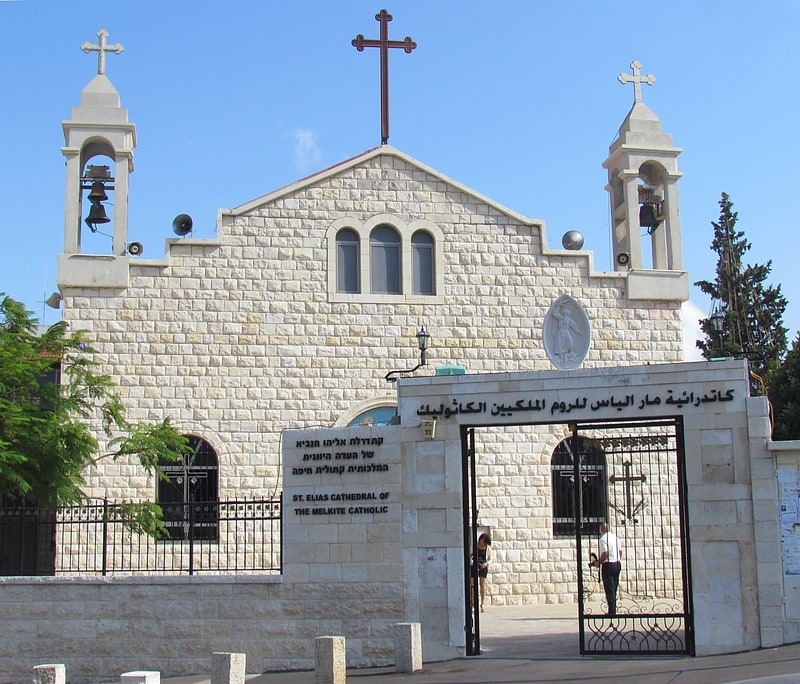
Also known as: קתדרלת אליהו הנביא
Cathedral in Haifa, Israel. The St. Elijah Cathedral also called St. Elias Greek-Melkite Cathedral, is the name given to the Melkite cathedral in Haifa, serving the Greek-Catholics of the Byzantine rite making up the majority of Christians in both Haifa and Israel. St. Elijah Cathedral is the cathedral of the Melkite Greek Catholic Archeparchy of Akka, which was created by bull Episcopalis synodus of Pope Paul VI.
The cathedral was designed by architect Sammihom Atallah. The construction of the cathedral began in 1938 and ended in 1939. Since 1861 the cathedral of the Archdiocese of Akka was the church of the Virgin Mary in Haifa. After the Arab-Israeli war (between 1947-1949), most Melkites, who lived in the area, moved to the lower city of Haifa, and the bishop's chair was moved to the church St. Elijah (St. Elias).
The front of the cathedral is crowned with a cross, which is a few meters away from a small bell tower. On the portal is the biblical story of the prophet Elijah.[19]